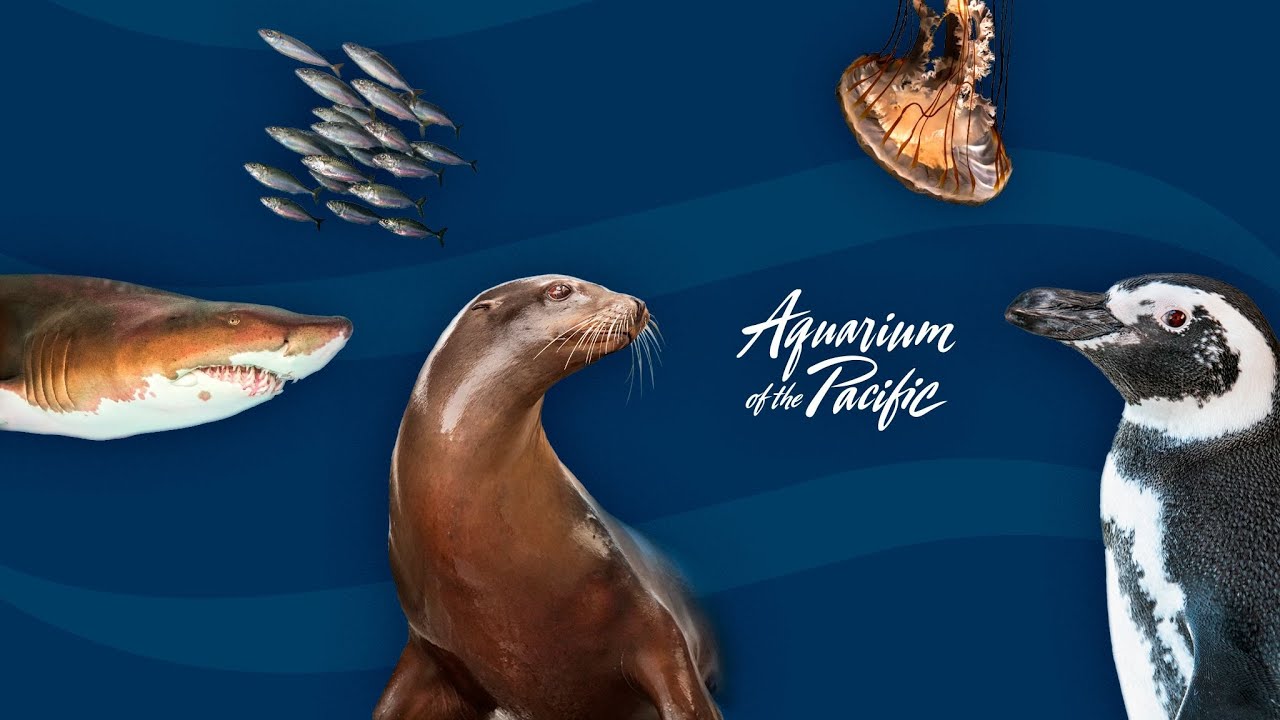– The significance of Moving and Grooving (Prek-K) in zoo management and wildlife conservation.
– Methods used in Moving and Grooving (Prek-K) to foster an appreciation for animals and their habitats.
– Challenges faced in integrating Moving and Grooving (Prek-K) into zoo education programs.
– The impact of Moving and Grooving (Prek-K) on young learners’ understanding of environmental stewardship.
Moving and Grooving (Prek-K) is a pioneering educational initiative attracting attention from zoo management and wildlife conservation experts for its interactive approach to early childhood education. This program is designed to introduce preschool and kindergarten-aged children to the wonders of the animal kingdom through movement and music, setting the foundation for a lifelong appreciation of wildlife and the importance of conservation.
At its core, Moving and Grooving (Prek-K) is built around the idea that young children learn best through active exploration and play. By engaging children in activities that mimic the movements and sounds of various animals, the program makes learning about the zoological world an engaging, memorable experience. This approach not only aids in developing physical skills such as balance and coordination but also ignites an early interest in science and nature.
Facilitators of Moving and Grooving (Prek-K) employ various techniques to captivate young learners’ imaginations. They utilize costumes, animal soundtracks, and realistic props to create an immersive learning environment. These elements make abstract concepts tangible for children, allowing them to visualize and understand different animal behaviors and habitats more effectively.
However, integrating Moving and Grooving (Prek-K) into zoo education programs presents challenges. One of the most significant is the need for educators to deeply understand zoology and child development. They must translate complex scientific themes into simple, engaging lessons that resonate with young minds. Furthermore, maintaining the accuracy of the information while ensuring it is accessible to pre-K audiences requires a delicate balance. This often involves creative storytelling and the simplification of concepts without compromising on factual content.
Another hurdle is the logistical aspect of implementing Moving and Grooving (Prek-K) within the existing infrastructure of zoos and conservation centers. Space limitations and the necessity for specialized equipment can hinder program delivery. Additionally, adapting the program to accommodate children with different needs and learning styles demands flexibility and diverse resources.
Despite these challenges, the benefits of Moving and Grooving (Prek-K) for fostering wildlife conservation awareness from a young age are substantial. Through participation, children develop empathy for animals and learn about the importance of habitats and biodiversity. This early exposure can plant the seeds for future behaviors that support environmental preservation and advocacy.
Moreover, the program is a valuable tool for zoo management professionals seeking to enhance visitor engagement and promote conservation messages. By offering a unique educational experience, zoos can stimulate interest in wildlife protection among the newest and youngest visitors. This enriches the visitor experience and supports the broader mission of zoos as conservators of wildlife and educators of the public.
In addition, Moving and Grooving (Prek-K) has the potential to significantly impact young learners’ perceptions of environmental stewardship. By fostering a connection with the natural world through play and movement, the program encourages children to consider their role in protecting the environment. By instilling these values at an early age, there is a greater likelihood that children will grow into environmentally conscious adults who are committed to making positive changes for the planet’s future.
In summary, Moving and Grooving (Prek-K) represents a forward-thinking approach to environmental education in the context of zoo management and wildlife conservation. Its focus on active learning and engagement through movement and music makes it an effective tool for sparking an early interest in zoological sciences and conservation principles. Despite the challenges associated with its implementation, the potential for fostering a generation of informed, conservation-minded individuals makes it a worthy endeavor. As zoos and environmental education programs continue to evolve, Moving and Grooving (Prek-K) stands out as a promising practice for nurturing a deep, enduring respect for wildlife and the natural world among young learners.
*****
Source Description
Swim like a shark, pulse like a jelly, and waddle like a penguin while we discover how animals in the ocean move.

